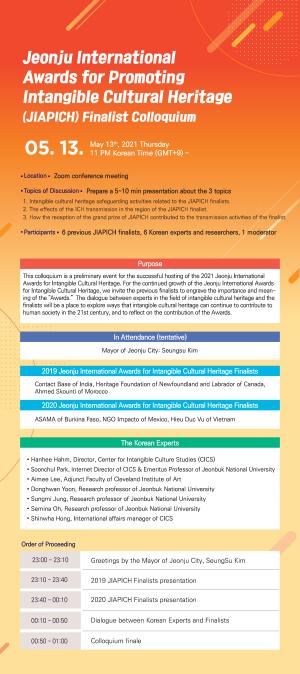“Harmonic swiddens (are) precursors to indigenous agroforestry” (Olofson, 1983, p. 154).
“Swiddens—clearings made in the forest by shifting cultivators—may be of two types, depending on the cultural traditions of the farmer. Harmonic swiddens are simultaneous polycultures that have the characteristics listed above for AFS*. Disharmonic swiddens may have evolved from harmonic ones, with the farmer learning to specialize to the point of monoculture or near-monoculture, with one species such as sweet potato, upland rice, or corn dominating in the field… The harmonic swidden is much more capable than the disharmonic of regenerating into natural forest during the fallow period” (ibid.).
“The Tiruray of Mindanao have been described as having another kind of what I call resonance between the forest and the cultivated areas. This involves a virtual exchange of planting materials between the two sites. Four bamboo species, the fruit trees Averrhoa carambola, narra, and Gendarussa vulgaris are taken from the forest and planted in swiddens, gardens, at the edge of watercourses, or right at the forest boundary, while the candlenut (Aleurites moluccana) is planted directly in the forest” (Schlegel, 1979 in Olofson, 1983, p. 155).
*Alternative Forest-like Structures (AFS) have the following characteristics:
1. “A high diversity index of plant species exists.”
2. “Vegetation is stratified into soil-protecting canopy layers.”
3. “The tight cycling of nutrients is quite rapid.”
4. “(Hu)man may purposefully and systematically manipulate the forest—through an eco-catastrophe of felling and burning—to deflect the natural succession on a site back to more open conditions and thus cause a patch to enter a succession which he/(she) himself/(herself) designs.”
5. “The overall effect is one of resonance between the AFS and the surrounding natural forest.”
1-3, 5: (Olofson, 1983, p. 153)
4: (Rambo, 1981 in Olofson, 1983, p. 153)
Text submitted by Raizel Albano, Founder and Director of Anthro on Foot Audio Walking Tours
04-12-2024
| References | Photo credit: By mattmangum - Slash and Burn, CC BY 2.0, https://commons.wikimedia.org/w/index.php?curid=33978429 Olofson, H. (1983). INDIGENOUS AGROFORESTRY SYSTEMS. Philippine Quarterly of Culture and Society, 11(2/3), 149–174. JSTOR. Rambo, A. T. (1981). Orang Asli adaptive strategies: Implications for Malaysian natural resource development planning. EAPI Preprint, East-West Center. Schlegel, S. (1979). Tiruray Subsistence. Ateneo de Manila Press. | |


.jpg)















_(31711258567).jpg)

















 (40 x 60 cm).png)





.jpg)

.jpg)






















.PNG)





(2021-12-17.png)






























.jpg)





















.jpeg)















.png)




















.jpg)






























.jpg)





.jpg)









































